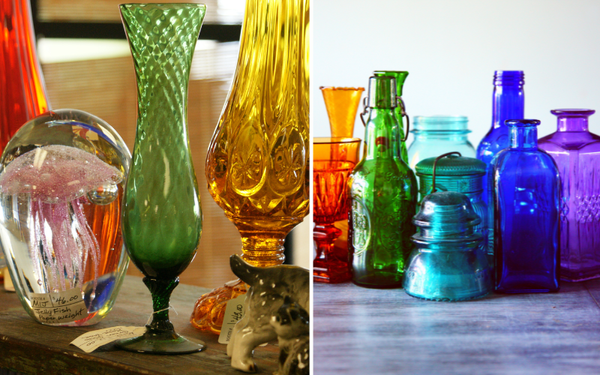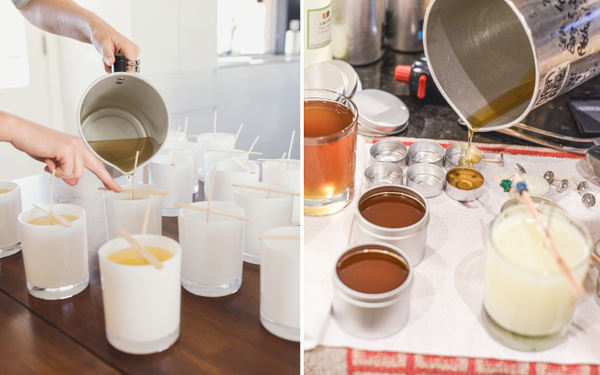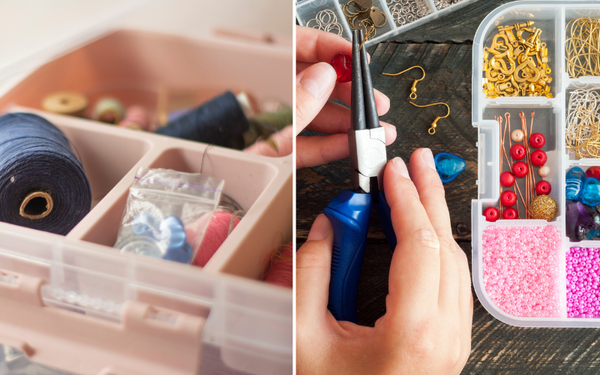As a avid knitter or crocheter, you know how frustrating it can be to wind your yarn by hand. Tangled skeins, uneven balls, and strained arms can make the task of winding yarn a nightmare. Thankfully, a yarn winder can simplify your life and make the process of winding yarn a breeze. But how do you know which yarn winder to choose? In this post, we will discuss what you should look for in a yarn winder.
Types of Yarn Winders:
There are two main types of yarn winders: manual and electric. Manual winders are operated by hand by turning a handle or crank. Electric winders are powered by electricity and automate the winding process. While manual winders are less expensive and don't require electricity, electric winders are faster and easier to use. When deciding which type of yarn winder to choose, think about how often you will be winding yarn and how much time you want to spend on the task.
Size and Capacity:
The size and capacity of the ball winder are two essential things to consider before purchasing. If the winder is too small, you will have to stop and change the yarn frequently, leading to frustration and wasted time. On the contrary, if the winder is too big, it will take up too much space and be heavy to move around. Ensure to check the maximum capacity of the yarn winder as it helps to avoid overloading the winder.
Material:
The material of the yarn winder is another essential consideration for durability. Most yarn winders are made of plastic, metal or wooden materials. Plastic models tend to be less expensive and more lightweight than metal or wooden models, making them ideal for beginners or those needing a flexible tool. On the other hand, metal models are more sturdy while wooden models are more elegant and long-lasting.
Ease of Use and Maintenance:
Yarn winders are designed to make your life easier. Therefore, finding one that is simple and easy to use should be the next consideration. Yarn winders with an adjustable tension control system are critical features to consider. This feature helps to keep the yarn moving in a straight line, which, in turn, results in even balls of yarn. In addition, ensure it is easy to clean and requires minimal maintenance.
Cost:
Before purchasing a yarn winder, the price is yet another factor to consider. Like most products, the quality of a yarn winder can affect the pricing, and the manual winders are less expensive than electric ones. Go for a price that falls within your budget and offers a good balance of quality and affordability.
Conclusion:
Choosing the right yarn winder can make a world of difference in your crafting experience. Consider the size and capacity of the winder, the type, material, ease of use and maintenance, and cost before making your purchase. With a little research, you can find the perfect yarn winder that will not only save you time and trouble but also make your knitting and crocheting work an enjoyable and enjoyable activity. Happy shopping!








